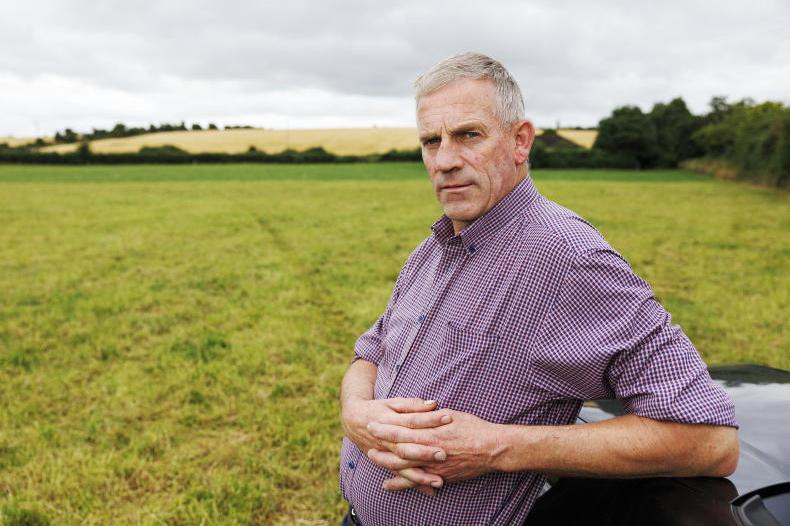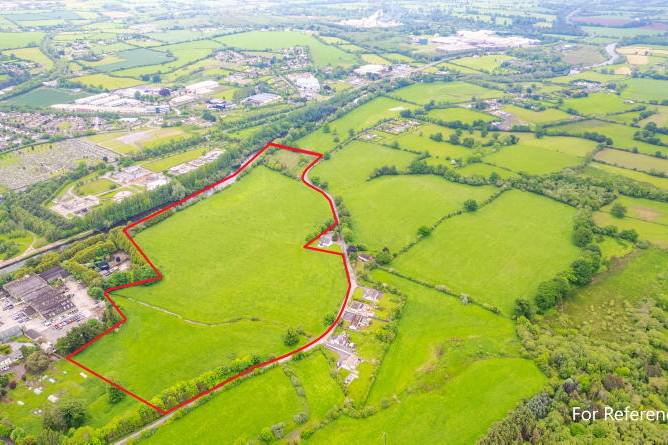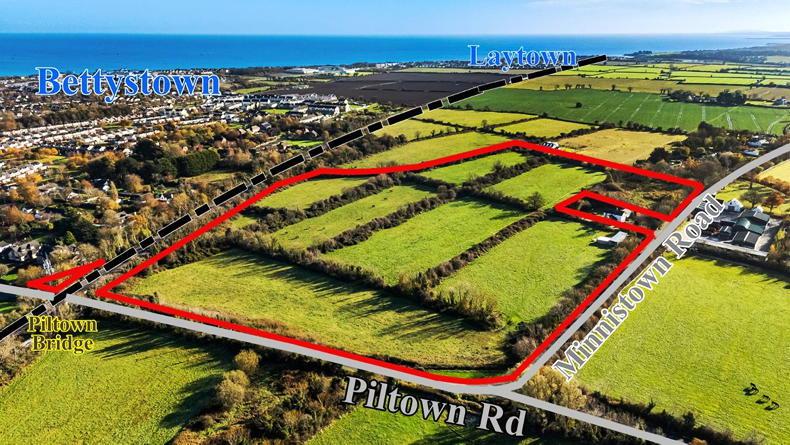Planning is one of the most difficult and hotly contested areas in Irish life. The latest controversies at the very top of An Bord Pleanála are symptomatic of a much wider problem – the belief by large sections of the public that the system is unfair and riddled with inconsistencies.
Over the last few months, I have met many farmers and non-farmers who feel short-changed by the system.
In the shake-up of local government in the early days of the new State, most functions were solidified in the central authority, so things like education, policing and health were the responsibility of the Dublin-based Government.
There was a revolt across the local authority areas when it was proposed that planning be included in this list. The government of the day buckled and planning and zoning remained in the remit of the local councillors.
While there has been some refining of this power, with ministerial powers of direction widened and the establishment of An Bord Pleanála, there has been no fundamental change in the system.
While there have been controversies over the heights of office blocks in Dublin city, I suspect that most farmers feel most aggrieved over the challenges they face in applying for permission to build a house on their own land.
I have lost count of the number of disgruntled and sometimes distressed individuals I have met who feel they have either been unfairly refused permission or had unreasonable conditions imposed on them.
In many cases, the objective seems to be to make the application process as difficult and tedious as possible
Practices seem to vary dramatically from county to county. In some, long-term family association with a particular locality are insisted on, in others farming of a type that demands a presence on the land must be carried out by the applicant.
For example, a tillage farmer’s son or daughter would be told to live in the local town or village while those with livestock enterprises can be readily granted permission to build.
In many cases, the objective seems to be to make the application process as difficult and tedious as possible so that as the years pass and multiple applications are refused, the applicants’ patience and tenacity is exhausted and they give up.
In all counties, development levies of varying sizes seem to be imposed even though the applicant will pay the ESB to supply electricity while in many cases they are connected to a private supply for water and sewage treatment.
In the nitty gritty of house design, again it seems the rules vary from county to county as regards one or two storeys, the imposition of expensive building specifications, whether a specialist conservation architect is employed in the case of an older structure and how close a proposed new dwelling should be to any existing house on the property.
The population of practically every Irish county has grown over the 20 years. The last census figure graphically illustrated the trend as the population rises above the five million mark.
It is clear that housing policy stirs deep emotions. Housing policy in the countryside has not developed in the face of the visible need for revision and consistency.










SHARING OPTIONS